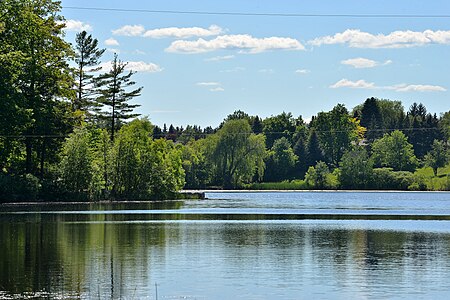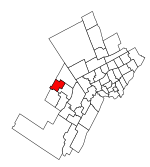Heart Lake Conservation Area

Heart Lake Conservation Area (HLCA) occupies 169 hectares (418 acres) in the Etobicoke Creek watershed, within the City of Brampton, Ontario. It is owned and managed by the Toronto and Region Conservation Authority (TRCA). HLCA’s diverse ecosystem includes Heart Lake, the headwaters for Spring Creek, a wetland complex, one of the largest individual blocks of forest in the Etobicoke Creek watershed, and surficial geology of glacial till and river deposits.HLCA offers many activities to the public, including hiking, fishing, swimming, Treetop Trekking and more. The conservation area is open to the public from the end of April to Thanksgiving weekend, weather permitting. The opening of a Medicine Wheel Garden was celebrated May 20, 2010. It came as a vision from a male elder of the Anishnawbe Nation. Toronto and Region Conservation Authority, Peel Aboriginal Network, Heart Lake Community Action Area Group and the City of Brampton, created the Medicine Wheel Garden (Gitigaan Mashkiki).
Excerpt from the Wikipedia article Heart Lake Conservation Area (License: CC BY-SA 3.0, Authors, Images).Heart Lake Conservation Area
Royal Palm Drive, Brampton
Geographical coordinates (GPS) Address External links Nearby Places Show on map
Geographical coordinates (GPS)
| Latitude | Longitude |
|---|---|
| N 43.742 ° | E -79.795 ° |
Address
Heart Lake Conservation Area
Royal Palm Drive
L6Z 1Y6 Brampton
Ontario, Canada
Open on Google Maps






